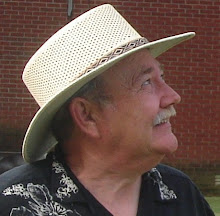
Horseheads, NY - There is definitely a heart breaking horse story here. In 1779, American Revolutionary War hero, Major General John Sullivan was leading his army of 5,000 men and a large number of military pack horses through a 450 mile march back into in this area. He was now fighting the mighty Iroquois Indians and it was essential this equipment and his force of men return to confront this enemy. The military horses were so decimated from the journey the General ordered the horses be put out of their misery at the end of their journey. Years later, the few remaining Indians in the area used the skulls of these horses to mark the trail and scare off would be white visitors to the area. The early colonists were so outraged by this savage behavior they settled in this area and immediately started a community. They named their town Horseheads in honor of the fallen military horse heroes. Today, the area claims the largest memorial to the American Military Horse.






























